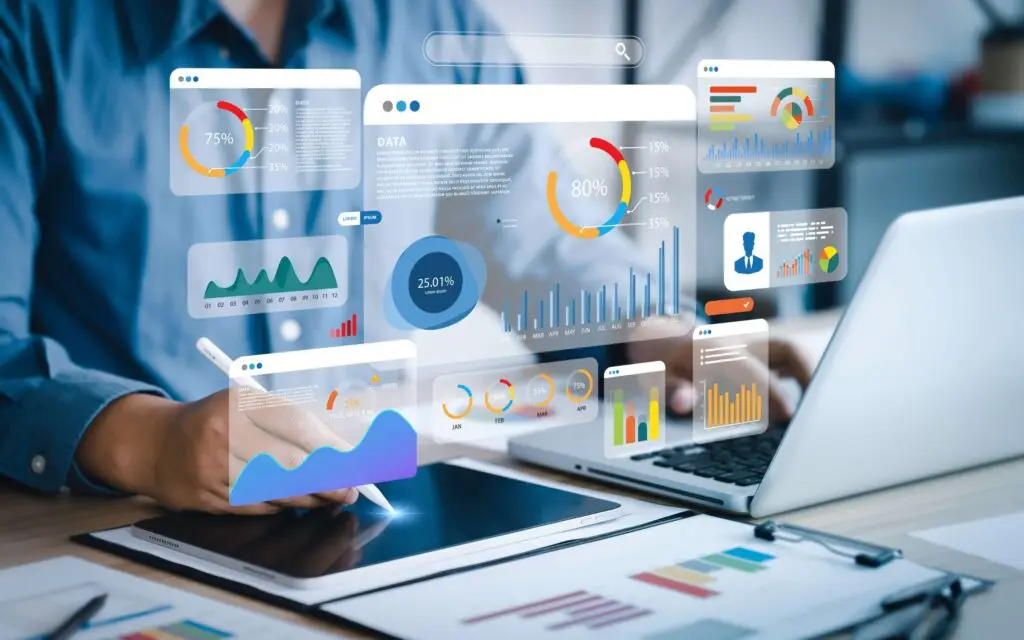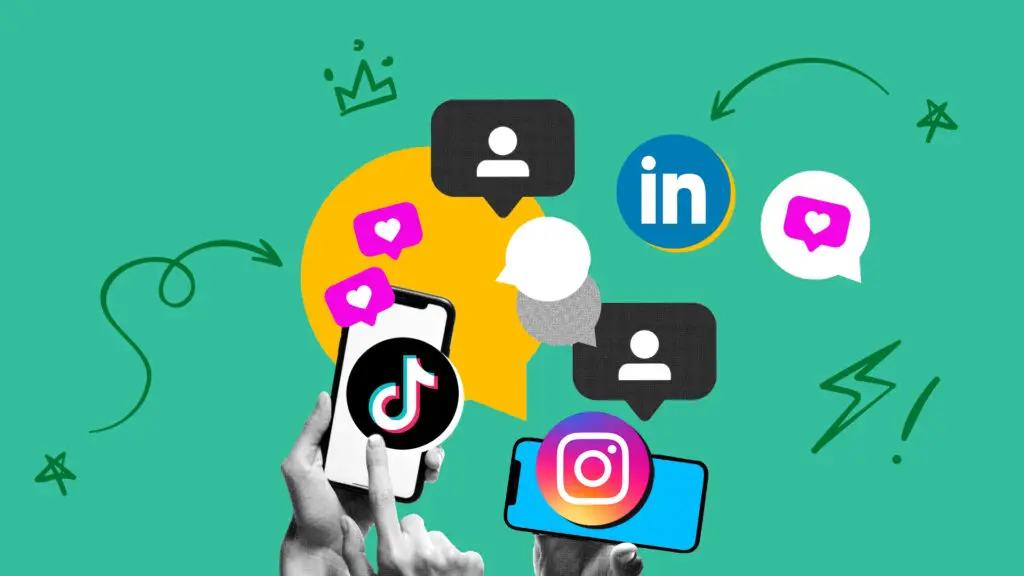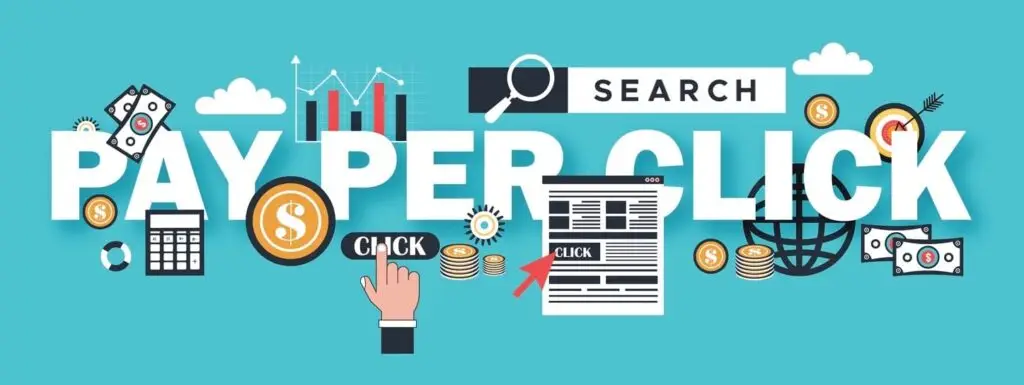
Search Engine Optimization (SEO) is the process of optimizing a website to improve its visibility on search engine results pages (SERPs) for relevant keywords. The goal is to attract organic (unpaid) traffic by ensuring that the website ranks higher when users search for products, services, or information.
On-Page SEO:
Off-Page SEO:
Technical SEO:
Keyword Research:
Content Optimization:
SEO is a long-term strategy that drives sustainable traffic, builds trust, and improves brand visibility online.

Social Media Marketing (SMM) involves using social media platforms and to promote products, services, or brands. It focuses on building relationships with audiences, increasing brand awareness, and driving engagement through strategic content and advertising.
Content Creation:
Community Engagement:
Social Media Advertising:
Analytics and Insights:
Influencer Marketing:

Pay-Per-Click (PPC) is an online advertising model where advertisers pay a fee each time their advertisement is clicked. It’s a way to buy targeted website visits, rather than earning them organically. PPC is commonly used on platforms like Google Ads, Bing Ads, and social media channels such as Facebook, Instagram, and LinkedIn.
Ad Auction:
Ad Placement:
Payment:
Search Ads:
Display Ads:
Shopping Ads:
Social Media Ads:
Video Ads:
Remarketing Ads:
In today’s digitally-driven world, businesses face a competitive landscape unlike any other in history. The rapid advancement of technology, coupled with the increasing reliance on the internet, has transformed the way companies interact with their audiences. DM has become not just an option but a necessity for businesses aiming to thrive and remain relevant. Below, we explore the profound importance of digital marketing in the modern era.
The internet has broken down geographical barriers, allowing businesses to reach audiences far beyond their physical location. DM enables brands to:
By bridging the gap between businesses and consumers globally and locally, DM ensures companies stay connected to diverse markets.
Traditional marketing methods, such as print ads and TV commercials, can be expensive and challenging to measure. DM offers a cost-effective alternative with tools that fit budgets of all sizes:
Small and medium-sized businesses can compete with larger enterprises by leveraging the cost-effectiveness of digital marketing.
One of the standout advantages of DM is the ability to target specific demographics with incredible accuracy. Businesses can:
This precise targeting ensures that marketing efforts are focused on audiences most likely to convert, minimizing wastage.
Unlike traditional marketing methods, DM offers tools to measure performance in real-time. Key benefits include:
Businesses can make data-driven decisions to optimize their marketing strategies and achieve better results.
DM fosters direct interaction between businesses and their audiences. Platforms like social media, email, and chatbots allow for:
By maintaining open communication channels, brands create meaningful relationships with their customers.
In a crowded market, standing out is essential. DM helps build and strengthen brand identity through:
A strong online presence increases credibility and customer trust.
The rise of smartphones and mobile internet usage means consumers are online 24/7. Digital marketing ensures businesses remain accessible:
Convenience is key in today’s fast-paced world, and digital marketing meets this demand effectively.
Businesses that fail to embrace digital marketing risk falling behind their competitors. Today’s consumers expect:
To remain competitive, businesses must prioritize digital marketing strategies.
Digital marketing allows businesses to create personalized experiences for their customers. Personalization increases customer satisfaction and loyalty by:
This customer-centric approach sets brands apart in a crowded marketplace.
DM has leveled the playing field for SMBs by providing tools to compete with larger companies. Key benefits include:
This democratization of marketing ensures businesses of all sizes have opportunities for growth.
Digital marketing is continuously evolving, integrating new technologies such as:
By embracing these advancements, businesses stay ahead of industry trends.
DM is not just about short-term gains. It lays the foundation for sustainable growth by:
A strong digital presence ensures businesses remain relevant and resilient.
In this era of technological advancement, digital marketing has become indispensable for businesses across industries. It offers unparalleled reach, cost-effectiveness, precise targeting, and real-time analytics, making it the cornerstone of modern business strategies. By embracing digital marketing, companies can connect with their audiences, build lasting relationships, and achieve sustainable growth.
The importance of digital marketing cannot be overstated—it is the key to thriving in the digital age.
Imagine a world without digital marketing—a world where businesses no longer utilize the internet, social media, email campaigns, or online ads to connect with their audiences. While it might seem like a throwback to the pre-digital era, such a scenario would drastically impact the economy, consumer behavior, and the way businesses operate. Below, we delve into what the future could look like without DM and the consequences of its absence.
Without DM, businesses would struggle to reach global audiences. Traditional marketing methods like print ads, billboards, and television would become the primary channels, but they come with significant limitations:
The accessibility and convenience of connecting with audiences anytime and anywhere would be lost, shrinking markets and opportunities.
DM is renowned for its cost-effectiveness. Without it:
This would particularly hurt small businesses with limited budgets, as they could no longer afford the extensive campaigns required to stay competitive.
DM thrives on two-way communication, enabling brands to interact with their audiences through social media, email, and chat platforms. Without it:
The lack of interaction would lead to a disconnect between brands and their customers, eroding trust and loyalty.
DM is powered by analytics and data. Businesses use these insights to refine strategies, target the right audiences, and measure performance. In a future without DM:
The absence of data-driven insights would result in wasted resources and lower returns on investment (ROI).
DM enables businesses to grow rapidly by reaching larger audiences, building brand awareness, and driving sales. Without it:
The business landscape would become less dynamic, with fewer opportunities for innovation and expansion.
E-commerce relies heavily on DM to attract customers, promote products, and drive sales. Without it:
This would lead to a resurgence of physical retail, but at the cost of convenience and accessibility for consumers.
DM has created a vast array of career opportunities, from SEO specialists and content creators to PPC managers and social media strategists. Without it:
The absence of DM would negatively affect economies by reducing employment opportunities and innovation.
Consumers have grown accustomed to the convenience of DM:
Without these conveniences, consumers would face more friction in discovering, purchasing, and interacting with brands.
Despite the absence of DM in this hypothetical future, the internet would still be central to communication and entertainment. However, businesses would struggle to utilize its potential effectively:
The lack of DM would create a gap between businesses and their tech-savvy audiences.
DM is significantly more sustainable than traditional marketing methods. Without it:
The absence of digital marketing would lead to environmental challenges due to the reliance on traditional media.
A future without digital marketing would be marked by limited reach, higher costs, slower growth, and a disconnect between businesses and consumers. Traditional marketing methods, while still effective in certain scenarios, cannot match the scalability, precision, and efficiency of DM.
As we continue to embrace a digital-first world, it’s clear that DM plays an indispensable role in driving business success, fostering innovation, and meeting the expectations of modern consumers. Without it, businesses and economies alike would face significant challenges, making its importance in the current and future eras undeniable.
My approach to digital marketing is built on data-driven strategies, ensuring that every decision is backed by insights and real-time analytics. I have a proven track record of driving measurable results, helping businesses improve their online visibility, engagement, and sales. With a personalized approach, I take the time to understand the unique needs of each client, tailoring campaigns to fit specific goals and target audiences. This blend of data, experience, and customization ensures that my clients achieve meaningful growth and success in the ever-evolving digital landscape.
